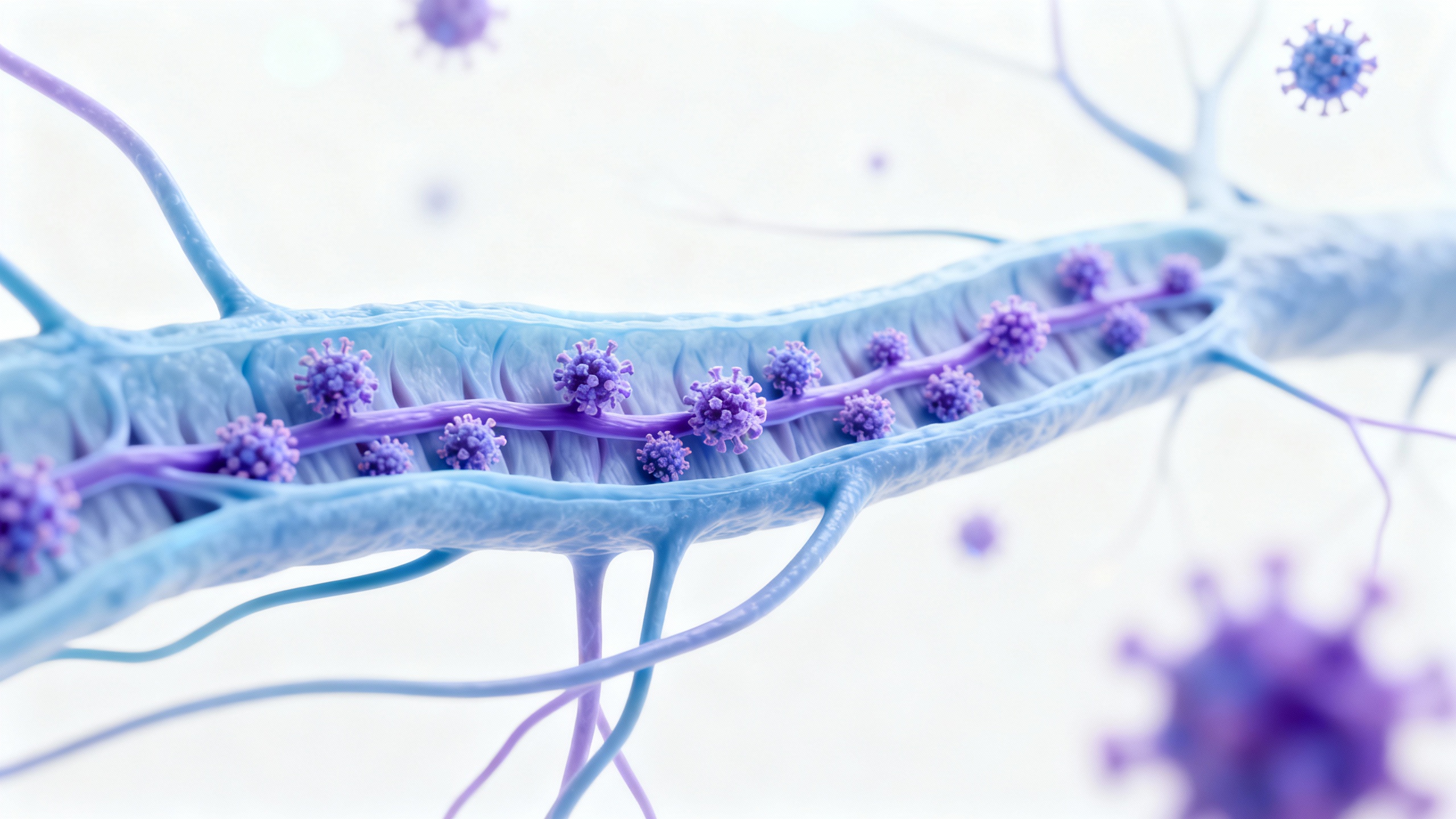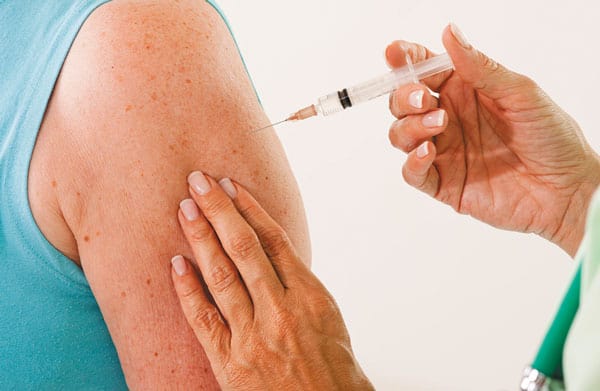Published 4 August 2020
Shingles: Signs And Prevention

Shingles are caused by the same virus that causes chickenpox. The virus is known as the Varicella Zoster virus. For people who have suffered from chickenpox during childhood, the virus lays dormant in their nerve tissue’s roots near the brain and spinal cord. In the future, it could reactivate and lead to a painful skin rash known as herpes zoster.
However, not everyone who has suffered from chickenpox will develop herpes zoster. Experts approximate that 1 in every 3 people in North America develop herpes zoster in their lives. While this condition is more rampant in people above 50 years, it could happen to anyone. Herpes zoster is not a life-threatening disorder, but it can lead to excruciating pain. While vaccines may help reduce the risk of developing herpes zoster, early detection, and treatment shortens the infection and reduces the chances of developing complications.
Symptoms of herpes zoster
A burning feeling and pain characterize the first symptoms of this condition. The pain occurs in small patches and is often experienced on one side of the body. A red rash follows. The characteristics of the rash include:
- Occurs in red patches
- Itchy
- Occurs around the ears and eyes
- Fluid-filled blisters that easily break
Some patients may experience symptoms beyond the rash and pain. These include:
- Chills
- Fever
- Fatigue
- Headaches
- Muscle weakness
- Sensitivity to light and touch
- Numbness and a tingling feeling on the skin
When to see a doctor
 Seek medical help if you suspect herpes zoster, especially when experiencing conditions below:
Seek medical help if you suspect herpes zoster, especially when experiencing conditions below:
- The rash and pain occur near the eyes; if left unchecked and untreated, the infection could result in permanent eye damage
- If you are over 50 years old, as age significantly increases the risk of developing complications
- If you have underlying medical conditions or suffered from cancer or any other chronic illness
- If you have a weakened immune system
- The rash is excruciatingly painful and widespread
Risk factors for developing herpes zoster
For individuals who have ever developed chickenpox, chances of developing shingles are high. Most adults developed chickenpox when they were young before the invention of the vaccine. Below are factors that could increase the risk of developing herpes zoster:
- Age: Herpes zoster development is more rampant in people who are 50 and above. Age increases the risk of herpes zoster. Studies have estimated that half the people who are over 80 years old may develop herpes zoster.
- Having underlying conditions: Diseases such as cancer and HIV/AIDS that weaken your immunity increase one’s risk of developing herpes zoster.
- People going through cancer treatment: Chemotherapy and radiation can lower your body’s resistance to diseases, thus triggering herpes zoster.
- Taking certain medicines: Medications that are designed to prevent your body’s rejection of transplanted organs can increase the risk of developing herpes zoster, as can extended use of steroids like prednisone.
Herpes zoster complications
Developing herpes zoster could result in numerous complications. However, you can reduce your chances of developing complications by seeing your doctor right away if you suspect you have herpes zoster. Below are complications that may arise due to the development of this condition:
Postherpetic Neuralgia
Some patients may continue to experience pain long after the blisters have cleared. The condition is called postherpetic neuralgia. It occurs when the damaged nerve fibers transmit exaggerated and confusing pain messages from the skin to the brain.
Loss of vision
Ophthalmic shingles that occur in or around the eye may cause painful infections to the eye. This results in eye damage and vision loss.
Skin infection
If blisters that result from this condition are not well treated, bacterial skin infections may develop.
Neurological problems
Depending on the affected nerves in your body, herpes zoster may lead to encephalitis, an inflammation in the brain, facial paralysis, or balance and hearing problems.
Is herpes zoster contagious?
An individual with this condition can transmit the varicella Zoster virus to people who are not immune to chickenpox. This can occur from direct contact with open wounds and sores resulting from the skin rash. However, once infected, the individual will develop chickenpox instead of herpes zoster.
Chickenpox is a dangerous condition for some people. Until the blisters form a scab, they are contagious, and physical contact with anyone around them should be avoided. People who are yet to develop chickenpox and those who haven’t been vaccinated should avoid direct contact with people with herpes zoster. Newborns, pregnant women, and people with underlying medical conditions should also keep their distance.
Prevention of herpes zoster
To avoid contracting herpes zoster, the first step is to prevent chickenpox. Ensure you don’t come in contact with blisters of people with either herpes zoster or chickenpox. Today, vaccination against chickenpox is available for both adults and children.
There is also a herpes zoster vaccine developed for people above 50 years that helps reduce the chances of developing herpes zoster. Should one be vaccinated and develop herpes zoster, the vaccine reduces the symptoms’ duration and intensity. The vaccine also reduces the risk of developing postherpetic neuralgia.
For individuals who have ever developed chickenpox, taking steps such as eating a healthy and balanced diet, having adequate rest, and regularly exercising can help their immune system remain healthy. This prevents the virus from becoming active and causing herpes zoster.
Natural remedies
There is no known cure for herpes zoster. However, your healthcare provider can prescribe an antiviral medication, which helps reduce the symptoms and shorten the virus duration. Antiviral medicines also reduce the risk of developing chronic pain from the condition. Consult your doctor or pharmacist about using medication to relieve the pain associated with herpes zoster. If you suffer from severe pain, your doctor may prescribe a shingles cream, which can help you ease the pain and help the blisters heal and crust over faster.
To relieve the pain and itchiness of herpes zoster, try using a cold and moist compress, soaking in a tub with oatmeal or cornstarch, or applying calamine lotion on the blisters. Don’t bandage or dress the affected area with adhesives and always ensure the rash is clean and dry.
